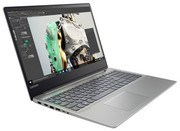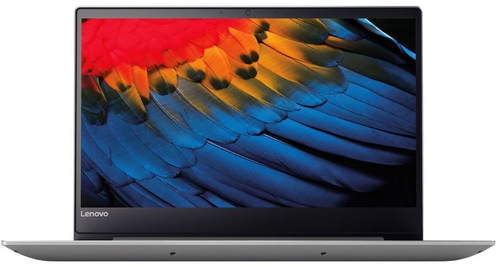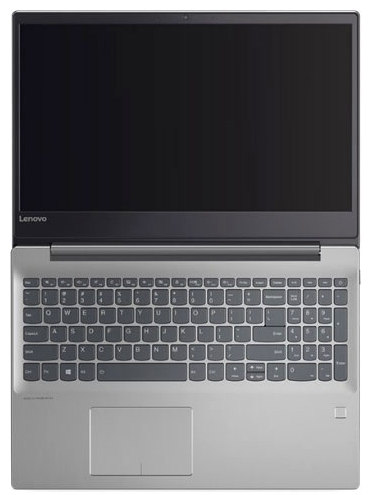Lenovo IdeaPad 720s-13ARR 81BR0028MH
Specifications

Price comparison
Average of 1 scores (from 1 reviews)
Reviews for the Lenovo IdeaPad 720s-13ARR 81BR0028MH
Source: Tweakers
 NL→EN Archive.org version
NL→EN Archive.org versionSingle Review, online available, Very Long, Date: 04/22/2018
Rating: Total score: 55%
Comment
Model:
The Lenovo IdeaPad 720S-13ARR 81BR0028MH is a compact and powerful 13.3-inch laptop on which users can perform heavy tasks such as video editing. But not only at home, as this Lenovo IdeaPad is lightweight (1.1 kg) and slim (1.36 cm thin), so this laptop can be used on the way to school or work. The device has a 256-GB PCIe SSD, which makes it faster than laptops with a mechanical hard disk drive. After having turned on the laptop, users can start working in about 15 seconds. You can log on to this laptop with Windows Hello and the fingerprint sensor, no need for a password. In low-light environments, the illuminated keyboard offers a solution for typing. Lenovo has made the housing largely of aluminum, the whole is well assembled and feels solid. It is thin, but does not bend easily when pressed. Despite the thin casing, Lenovo still found space for USB-3.0 connections with a Type-A connector. There is one on both the left and the right side. Furthermore, the 720S has two USB-C ports. Lenovo also includes a USB-C charger. However, it is unfortunate that the company has omitted a card reader. The built-in fingerprint scanner is in a handy location, on the right side of the casing. On some other laptops, the scanner is in the touchpad, which can be inconvenient while operating the mouse cursor. Therefore, Lenovo has found a nice solution. Additionally, the Synaptics scanner works quickly, which is another plus.
The Lenovo IdeaPad 720S-13ARR is similar in hardware to many other thin and light laptops in the same price range. Users get a quad-core processor, 8 GB of RAM and a 256-GB SSD. The big difference is that this laptop uses a Ryzen Mobile processor instead of an Intel Core one. The Ryzen 7 2700U in this laptop has a Vega 10 GPU, which is much more powerful on paper than the iGPU Intel puts in its laptop processors. The integrated GPU from AMD benefits from fast memory, preferably placed in dual channel. It is therefore a pity that Lenovo has opted for single channel memory on the 720S. Moreover, the fact that the RAM is DDR4-2133 raises concerns, since this type is slightly slower than DDR4-2400. The 13.3" screen of the 720S-13ARR is an IPS panel from the LG Philips factory with a resolution of 1920 x 1080 pixels and a refresh rate of 60 Hz. The panel has FreeSync in combination with the Vega GPU. This results in smooth reproduction, even if the frame rate is lower than 60 FPS. Lenovo has opted for a matte finish of the panel to minimize reflection.
Hands-on article by Jagadisa Rajarathnam
AMD Vega 10: Integrated graphics card of the Ryzen APUs based on the Vega architecture with 10 CUs (=640 shaders) and a clock of up to 1300 MHz.
Modern games should be playable with these graphics cards at low settings and resolutions. Casual gamers may be happy with these cards.
» Further information can be found in our Comparison of Mobile Graphics Cards and the corresponding Benchmark List.
R7 2700U: Mobile Quad-Core APU using Zen cores clocked at 2.2 to 3.8 GHz and a Vega graphics card with 10 CUs clocked at up to 1300 MHz.» Further information can be found in our Comparison of Mobile Processsors.






